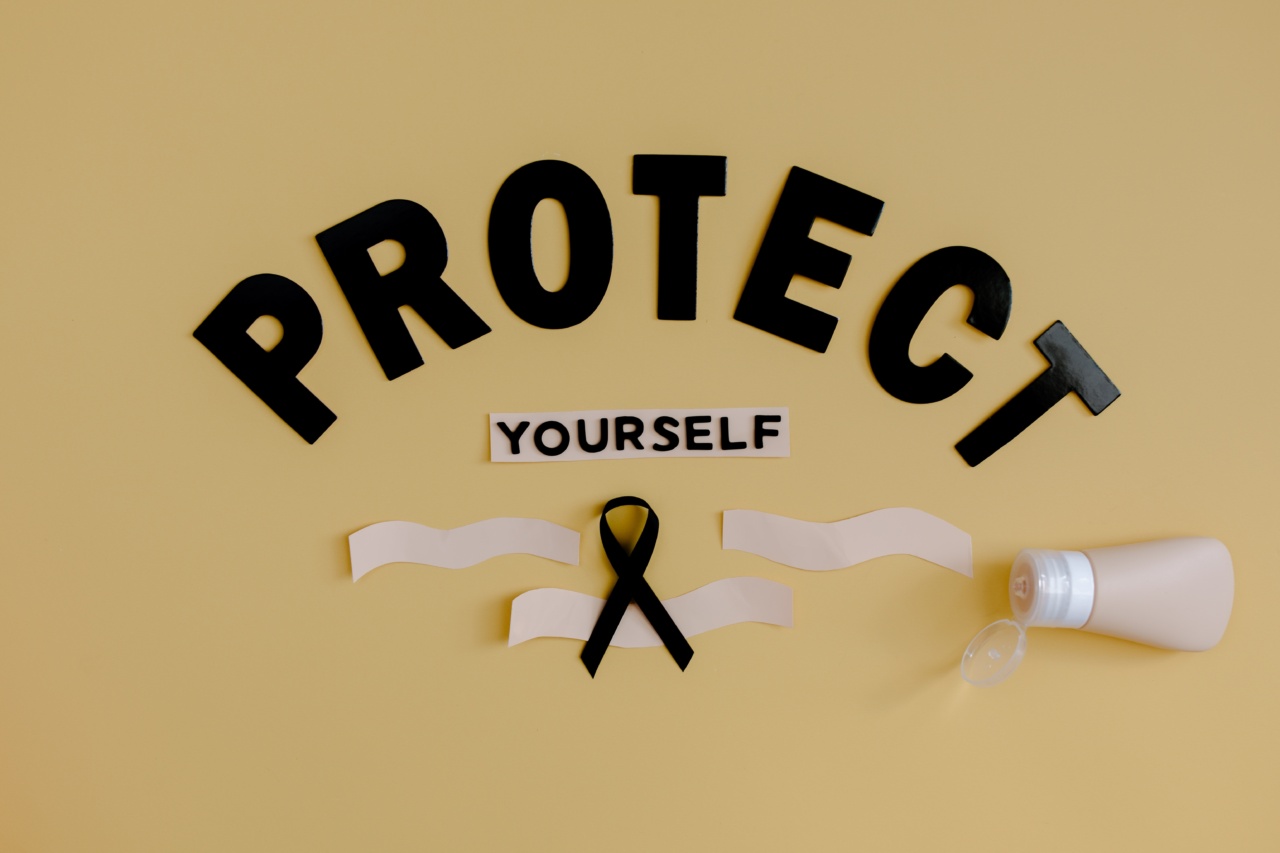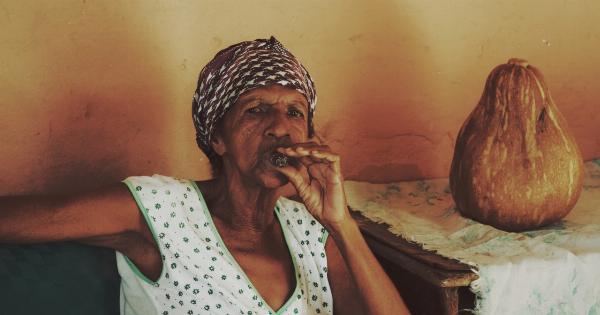Skin cancer is becoming increasingly prevalent worldwide, and early detection is crucial for successful treatment.
While regular check-ups with dermatologists remain important, web-based skin cancer risk evaluation tools can provide individuals with a preliminary assessment of their risk levels. These online tools use algorithms and risk factors to estimate an individual’s likelihood of developing skin cancer.
The Role of Web-Based Skin Cancer Risk Evaluation
Web-based skin cancer risk evaluation platforms allow individuals to assess their risk factors and make informed decisions regarding their skin health.
These tools provide a convenient and accessible way for individuals to evaluate their risk levels without the need for a physical appointment with a dermatologist.
It’s important to note that online risk evaluation tools do not replace professional medical advice and diagnosis.
They serve as an initial screening method, encouraging users to seek professional help if they are found to be at high risk for skin cancer.
Risk Factors Assessed by Web-Based Tools
Web-based skin cancer risk evaluation tools consider various risk factors to estimate an individual’s likelihood of developing skin cancer. Some of the common risk factors analyzed by these tools include:.
- Personal and family history of skin cancer
- Skin type and sensitivity to sunlight
- History of sunburns
- Prolonged sun exposure
- Number of moles on the body
- Presence of atypical moles
- Age
By evaluating these risk factors, individuals can gain a preliminary understanding of their potential risk for skin cancer.
Understanding the Results
Web-based skin cancer risk evaluation tools typically provide users with a risk score or probability of developing skin cancer. The results are often presented in the form of low, moderate, or high risk categories.
It’s important to remember that these risk assessments are based on algorithms and data analysis, and should not be considered a definitive diagnosis.
Users falling within the high-risk category should consult a dermatologist for further evaluation and diagnosis.
Empowering Individuals to Take Action
One of the key benefits of web-based skin cancer risk evaluation tools is their ability to empower individuals to take proactive measures for their skin health.
Based on the risk assessment results, individuals can make informed decisions about lifestyle changes, sun protection practices, and the frequency of dermatologist visits.
Additionally, these tools often provide educational resources and tips for reducing skin cancer risk. By raising awareness and encouraging early detection, web-based tools play a crucial role in minimizing the impact of skin cancer.
The Limitations of Web-Based Risk Evaluation
While web-based skin cancer risk evaluation tools are valuable resources, they do have limitations. These tools are not capable of providing a definitive diagnosis, as they only consider the provided information and risk factors.
Furthermore, these tools may not take into account certain individual factors that could impact skin cancer risk, such as genetic predispositions and previous sun exposure or tanning bed usage.
Therefore, it is essential not to solely rely on web-based evaluations and instead seek professional advice for an accurate assessment.
Conclusion
Web-based skin cancer risk evaluation tools offer a convenient and accessible way for individuals to assess their risk of developing skin cancer.
These tools, although not a replacement for professional medical advice, can facilitate early detection and prompt individuals to seek further evaluation if they fall within the high-risk category.
By empowering individuals to be proactive in their skin health, web-based risk evaluation platforms contribute to the prevention and successful management of skin cancer worldwide.




























